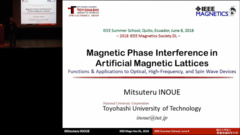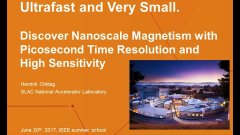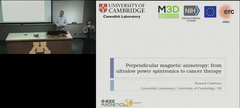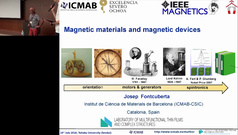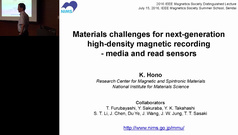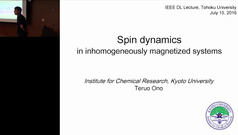Since the discovery of giant magnetoresistance, spintronics research has been evolving and has reached a new phase in which the concept of spin currents, i.e., the flow of spin angular momenta, helps us understand various spintronics phenomena. These include all the recently discovered conversion phenomena, such as the direct and inverse spin Hall effects, spin Seebeck and Peltier effects, spin pumping, and the inverse Faraday effect. More recently, Rashba interfaces and the surface states of topological insulators were found to exhibit the so-called Edelstein effect, in which spin-momentum locking behavior brings about non-equilibrium spin accumulation. These interface and surface effects thus provide an effective means of interconversion among spin, charge, and heat currents. Most of the above-mentioned spin conversion phenomena take place at simple nanoscale interfaces between two different types of materials (e.g., magnets, non-magnets, semiconductors, and insulators). These structures may enable us to advance spin-mediated interconversion among physical entities such as electricity, light, sound, vibration, and heat. I will first give an introduction to the general spin-mediated spin-conversion processes and then will focus on magneto-electric spin conversion in conductive solids, including spin Hall effects and new conversion mechanisms: Edelstein effects arising at Rashba interfaces [1] and surface states of topological insulators [2], as discussed in a recently published progress article [3].
Since the discovery of giant magnetoresistance, spintronics research has been evolving and has reached a new phase in which the concept of spin currents, i.e., the flow of spin angular momenta, helps us understand various spintronics phenomena.
 Cart
Cart Create Account
Create Account Sign In
Sign In
